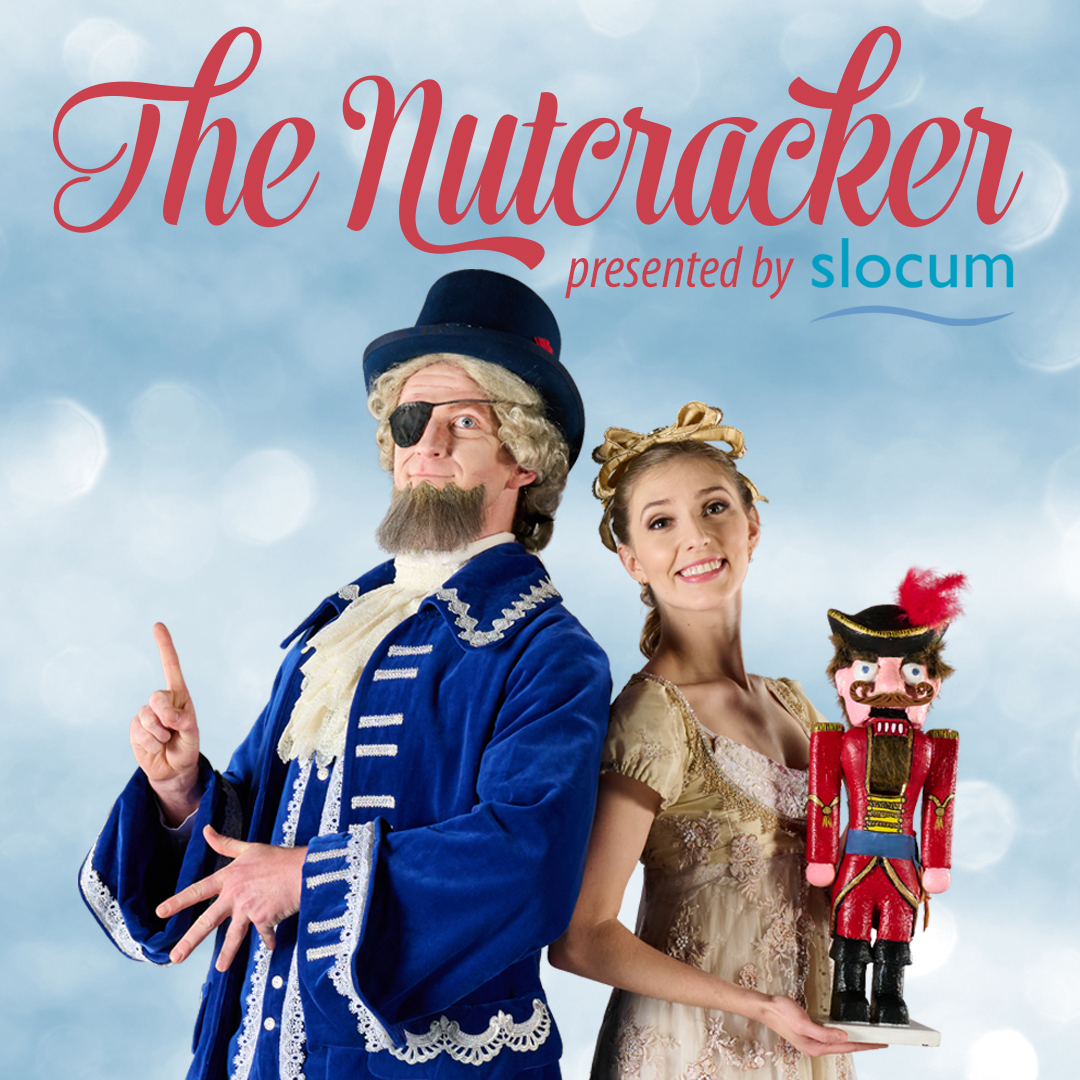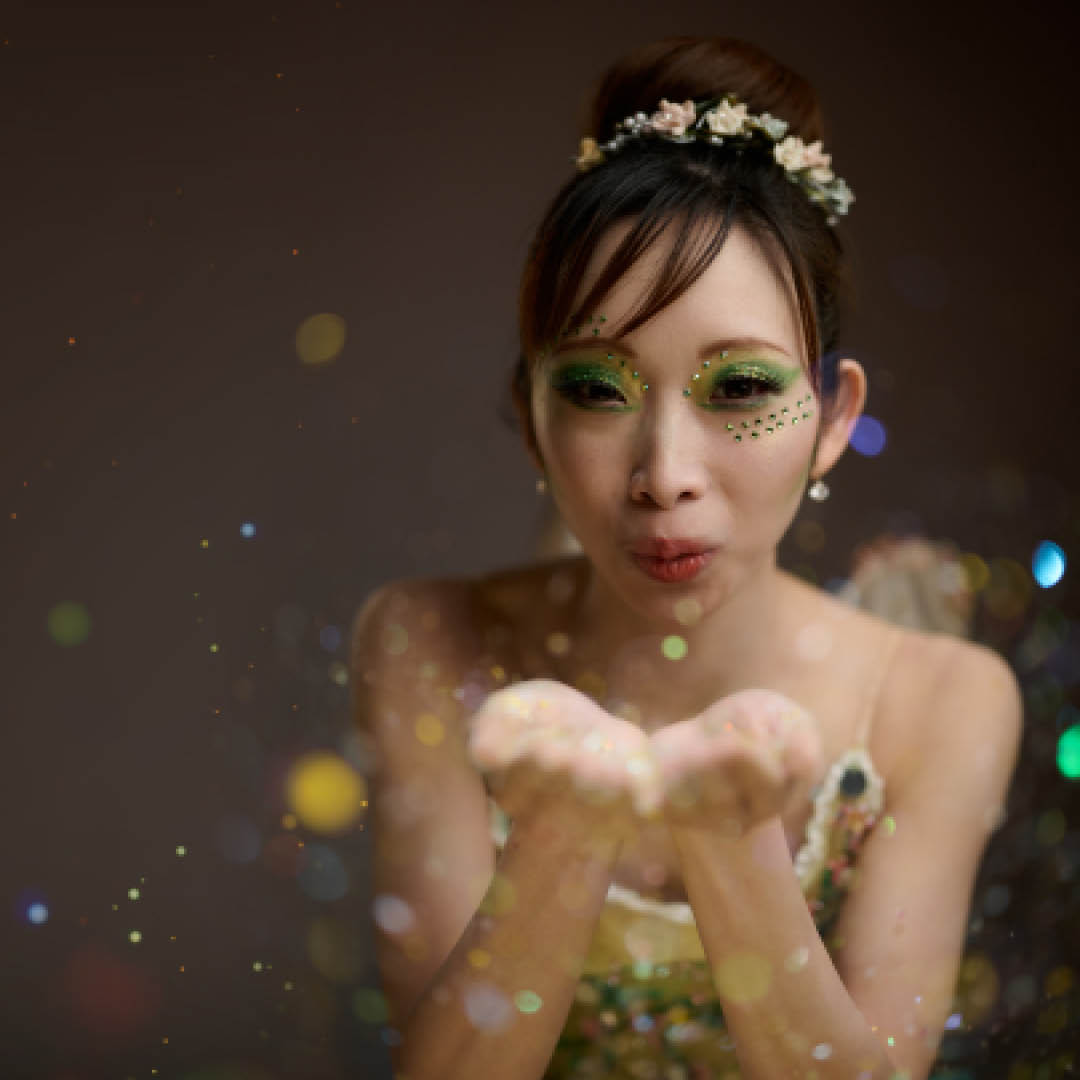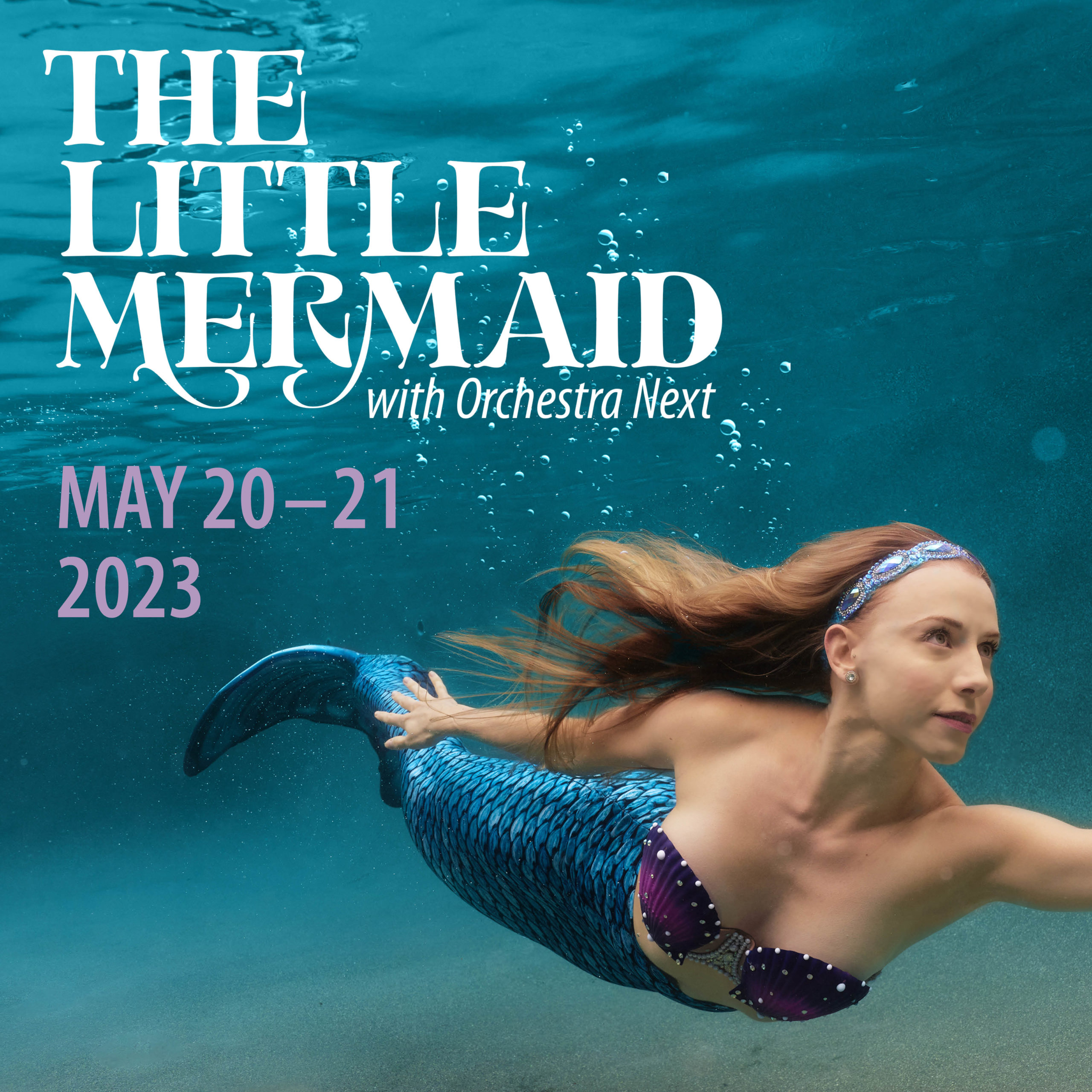The holiday spirit is strong in the studios at the Midtown Arts Center. Eugene Ballet…
Portrait in Glass

For its first production of 2024, Eugene Ballet presents a world premiere ballet from Resident Choreographer Suzanne Haag. Inspired by Tennessee Williams’ beloved play The Glass Menagerie Haag’s Portrait in Glass will appear on the Hult Center Silva Concert Hall stage February 9 and 10, along with Artistic Director Toni Pimble’s Gatsby, bringing an evening of great American literature to Eugene audiences in the form of great American dance.
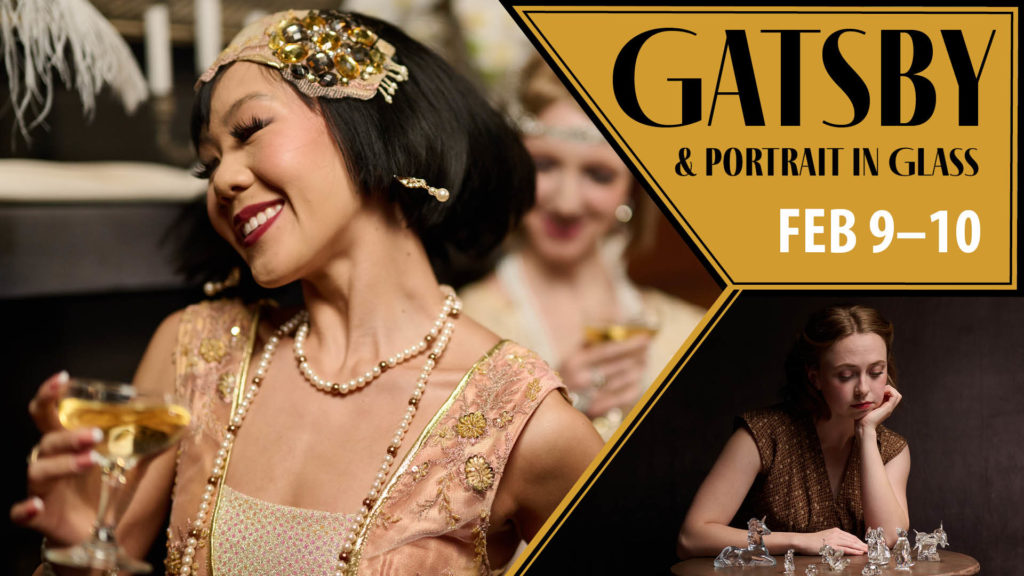
“The reason I wanted to turn [The Glass Menagerie] into a ballet” Haag said,” is because it is such a human work. The characters are extreme, but their relationships with each other are so relatable. This is truly a picture of a family—the intense love, tension, and heartbreak that we have all experienced reflected onto one family.”
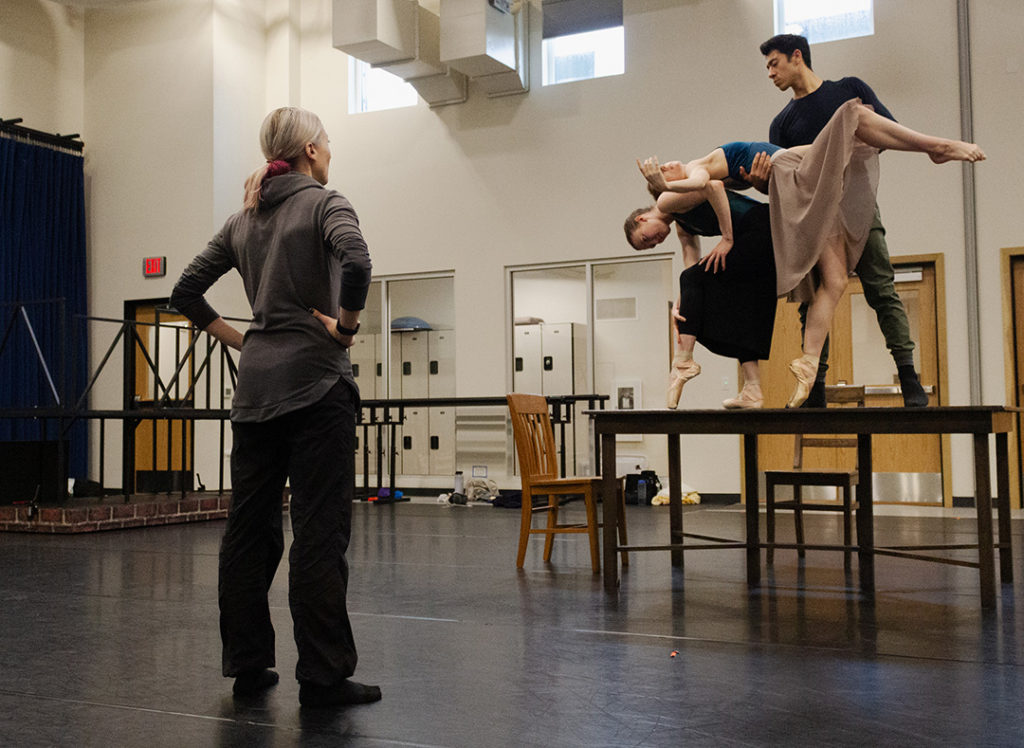
The Glass Menagerie tells the story of Laura Wingfield, a painfully shy and physically disabled young woman; her brother Tom, who is chafing to free himself from the burden of caring for his family; and their mother, Amanda, a faded beauty who is disappointed that Laura is not living the same sort of glamorous and exciting young life she herself enjoyed. Laura’s prize possession is a collection of delicate glass animals, and their importance to the story leads to an interesting interpretation on the stage.
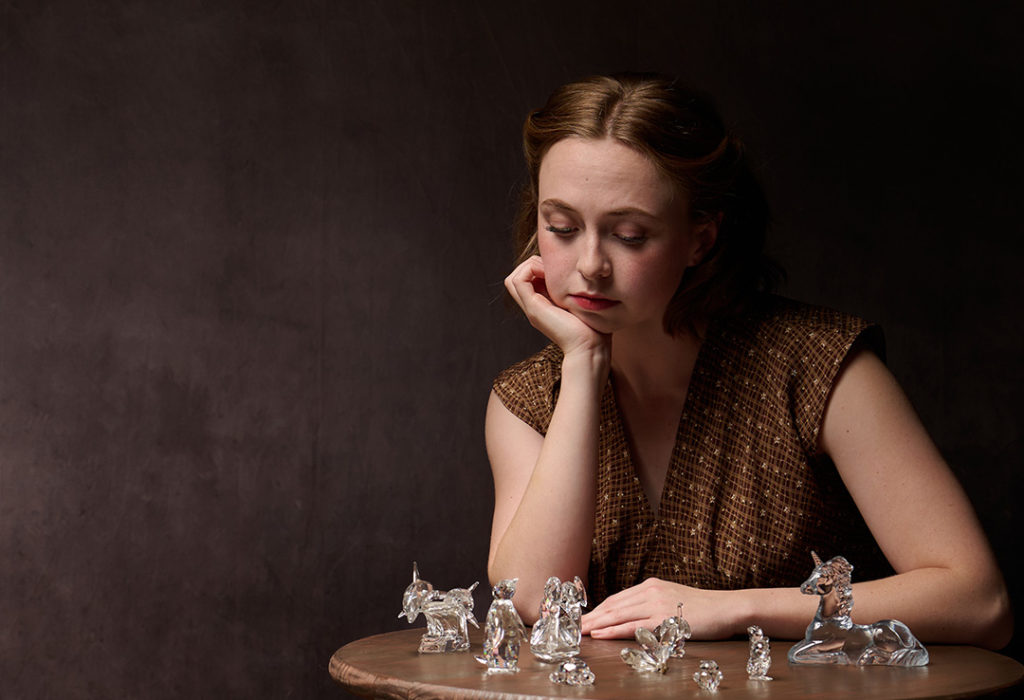
Haag noted, “There are many important props involved in this ballet. Perhaps the most important is Laura’s glass menagerie, a delicate collection of glass animals that represent her delicate home life as well as a beauty that is lacking in her immediate surroundings. In typical play productions of The Glass Menagerie, these are represented by tiny crystal figurines, however, for the Hult Center’s 2,400-seat Silva Concert Hall, Eärendil Biskup, Associate Technical Director, is creating larger resin animals that can be seen from far away and will be safer onstage.”
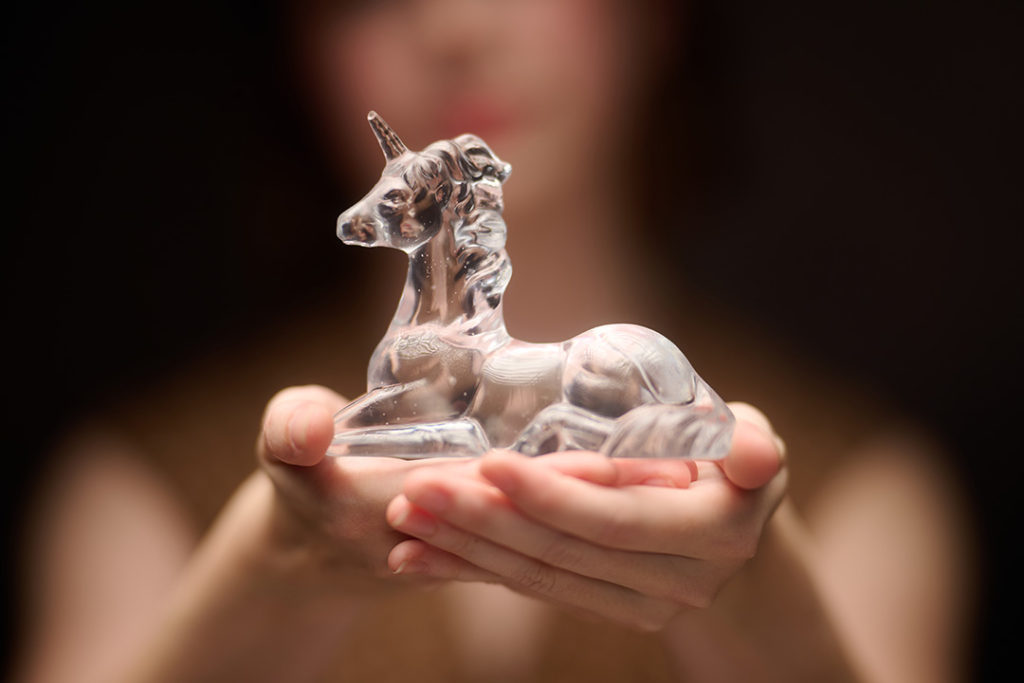
Although set only a decade apart, The Great Gatsby and The Glass Menagerie portray very different aspects of the American dream. Gatsby, set in 1922, is larger than life, full of glamour, glitz, and the excitement of the Roaring Twenties. The Glass Menagerie takes place in the late 1930s, and is an intimate portrait of a family dealing with enormous change as America emerged from the Great Depression only to face the looming specter of World War II, a time of renewed hope as well as unbearable tensions. As Eugene audiences have come to expect, Eugene Ballet’s artistic team is working to create stunning atmospheric sets and costumes that reflect these fascinating moments in time, for both productions.
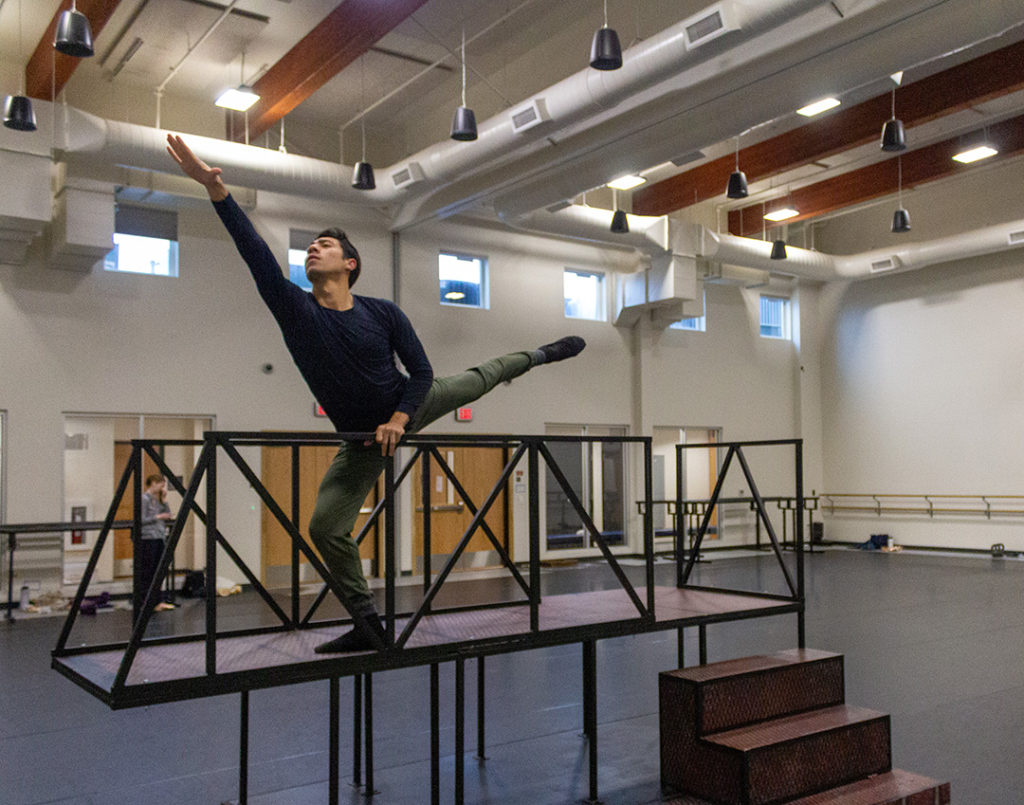
“The largest set piece is the fire-escape, which is how the characters enter and exit the Wingfield apartment,” Haag continued. “This piece is to signify Tom’s need for escape from his life—he begins the ballet on the fire-escape. Another striking set piece is the larger-than-life portrait of Mr. Wingfield, a constant reminder that he has left his family—this is a blown-up photo of the actual dancer playing Mr. Wingfield.”
To further immerse the audience in the sights and sounds the 1930s, the ballet is set to a soundscape created from the music of contemporary composers Adrian Hollay and Stefan Gregory, who wrote music inspired by the play. “But I’m also weaving in actual popular music from the 1920s, record titles that are mentioned in Williams’ short story, Portrait of a Girl in Glass,” Haag said.
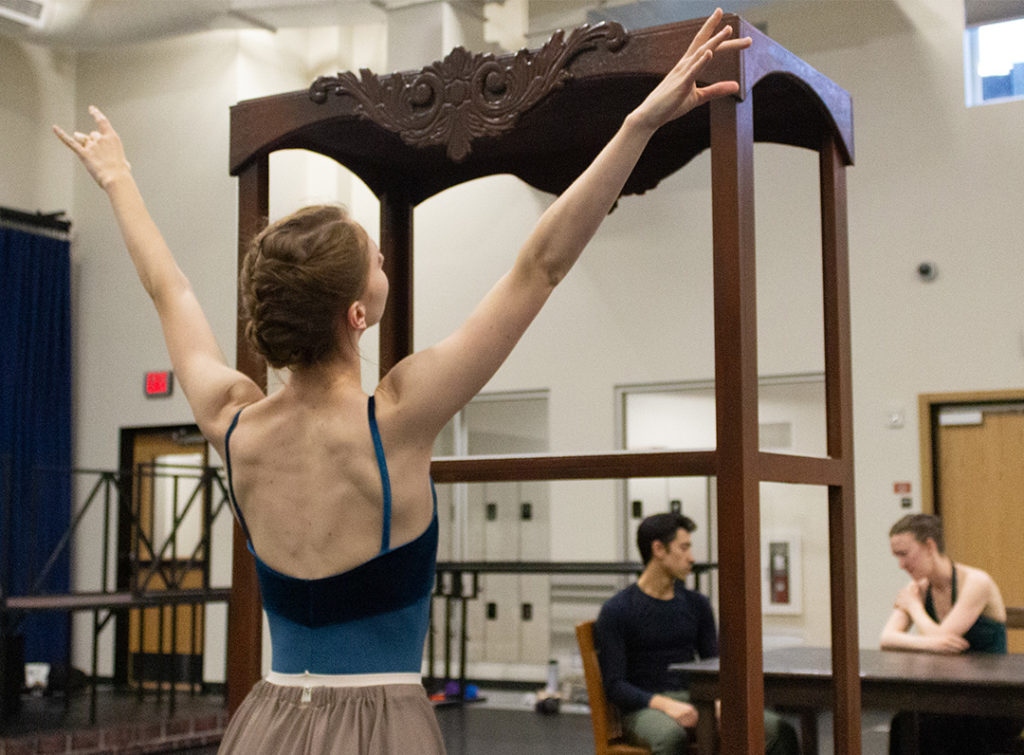
When asked how Portrait in Glass differs from her other recent works, Haag explained, “This is the first time I’m taking a play and translating it into a ballet. And, unlike more recent story ballets I’ve made (Petrushka and The Large Rock and The Little Yew), Portrait in Glass constantly shifts between the present and memories, so I will be playing with time more than in other ballets. The nature of the time period and story also make this ballet very prop heavy: Laura’s glass animals, the typewriters at Rubicam’s Business College, Amanda’s dress from when she was a young woman being courted in the south, and yellow jonquils that were given to Amanda by her admirers. So I will be choreographing for both dancers and inanimate objects.”

Admirers of Haag’s work have already come to appreciate her unique style and exceptional ability to portray emotions, both large and subtle, through the art of dance. It comes as no surprise that the much-loved play, with all its intense, intimate moments and grand societal themes, is the perfect vehicle for such a sensitive and innovative choreographer. We asked Haag to share more of her thoughts on what audiences might expect from her new ballet.
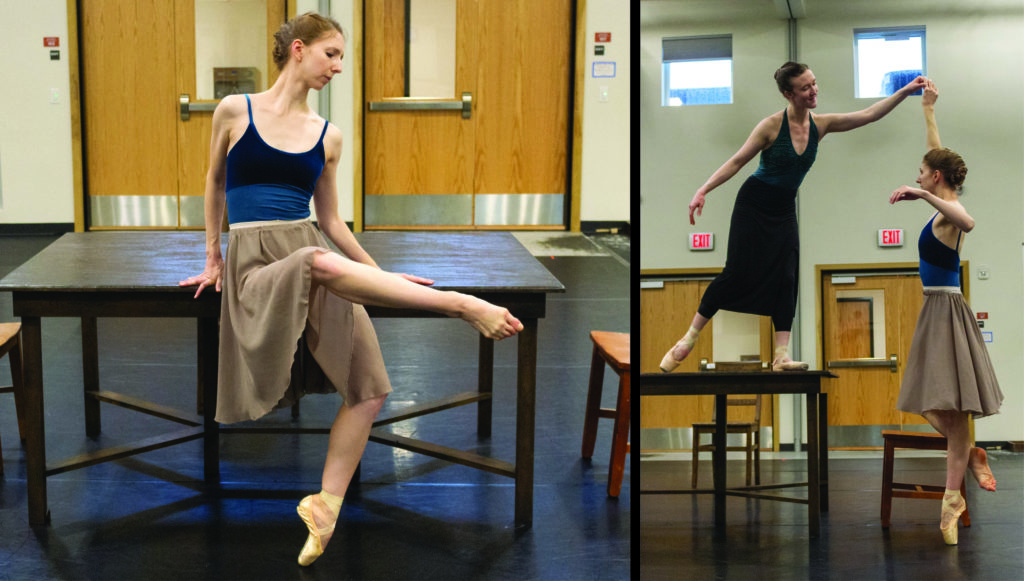
“Portrait in Glass uses my own contemporary approach to classical ballet. The main characters are deeply human, their movements are weighted and heavy. Though when they break into a memory, movements become more light and lively. As in classical ballet, all of the women wear pointe shoes. However, Laura only wears one pointe shoe and her other foot is bare to signify that she is ‘different,’ that she has something physical, no matter how slight, that keeps her from fitting in. There is a large emphasis on physical connection and partnering, particularly between Tom, Amanda, and Laura as they connect around their kitchen table. The table becomes another dancer, supporting them, separating them. Use of sets and props greatly affect the movement of the dancers. Most of Tom’s opening solo takes place on the fire-escape, which greatly limits what he can do physically and gives the sense that he feels trapped by duty to his mother and sister while still longing for escape.”
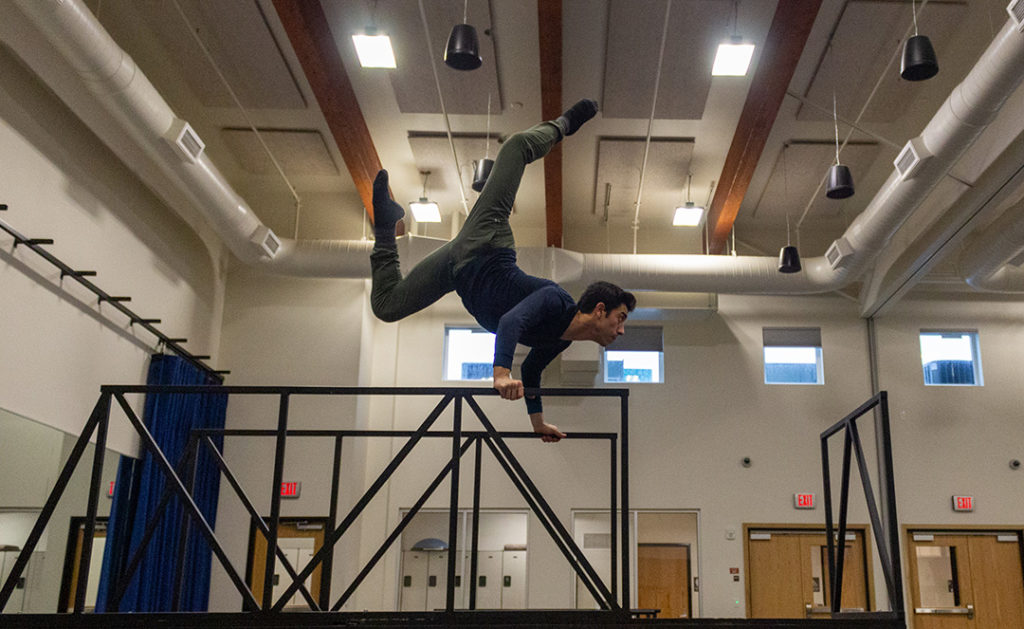
One major expansion on the play is the inclusion of a larger cast of characters, bringing the memories of the Wingfield family to vibrant life. “The play uses only four characters and takes place entirely in their drab St. Louis tenement building. However, the characters talk of past experiences and dreams outside the walls of their apartment. The fun part about dance is that we can make physical representations of these discussed memories. In addition to the ‘present time’ interactions of the four main characters, I will be choreographing some of their memories that involve additional characters, like Laura’s memory of her experiences at Rubicam’s Business college, Amanda’s memory of her time as a girl in Blue Mountain being courted by 17 gentleman callers, and Tom’s interactions with a magician Malvolio the Magnificent and patrons of the Paradise Dance Hall.”
Premiering on the Hult Center Silva Concert Hall stage February 9 and 10, along with Toni Pimble’s Gatsby, Portrait in Glass will no doubt stake a claim in the hearts and minds of audiences as a cherished favorite, alongside the play that inspired it.
Written by Christina Lay
Images by Ari Denison and Katie Patrick



